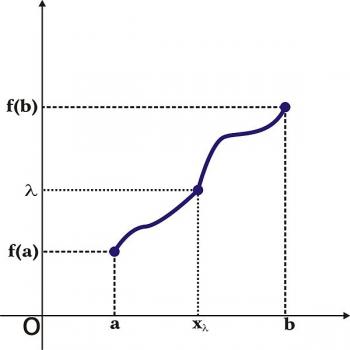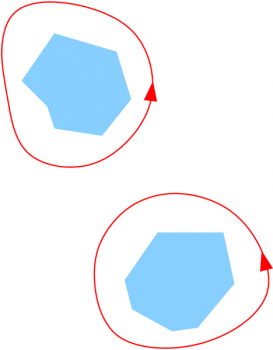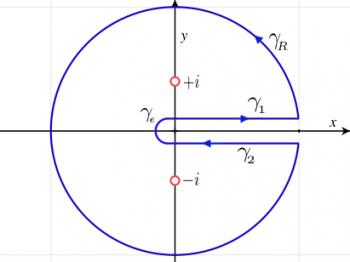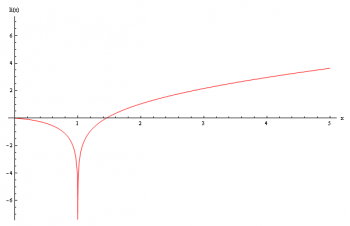Calculus is a branch of Mathematics which examines change. It has two major disciplines: differential and integral calculus, with one being concerned with rates of change, while the other focuses on the accumulation of quantities. Thus, it can be seen that the applicability of this study extends into economics, engineering as well as any science.
Although Calculus does not stand apart from Algebra, both of these branches can be used to solve different problems. Algebra deals with structures utilizing letters and symbols to represent specific relationships between each other. However, since the relationship is fixed, it may not be applicable to use algebra to solve problems dealing with continuously changing relationships. Thus, calculus in this context can be a very useful as there are many non-theoretical relationships which rarely stay the same.
Exploring the basic terminology, a derivative is a measure of how the output of a specific function, which is not limited to y or f(x), changes as the input changes. An integral, also known as an antiderivative, is a function F whose derivative is the given function f. Both of these form the basic tools of calculus with numerous applications in everyday life. Thus, understanding basic Calculus may prove to be a practical tool for anyone.
© BrainMass Inc. brainmass.com June 27, 2024, 1:16 pm ad1c9bdddf



